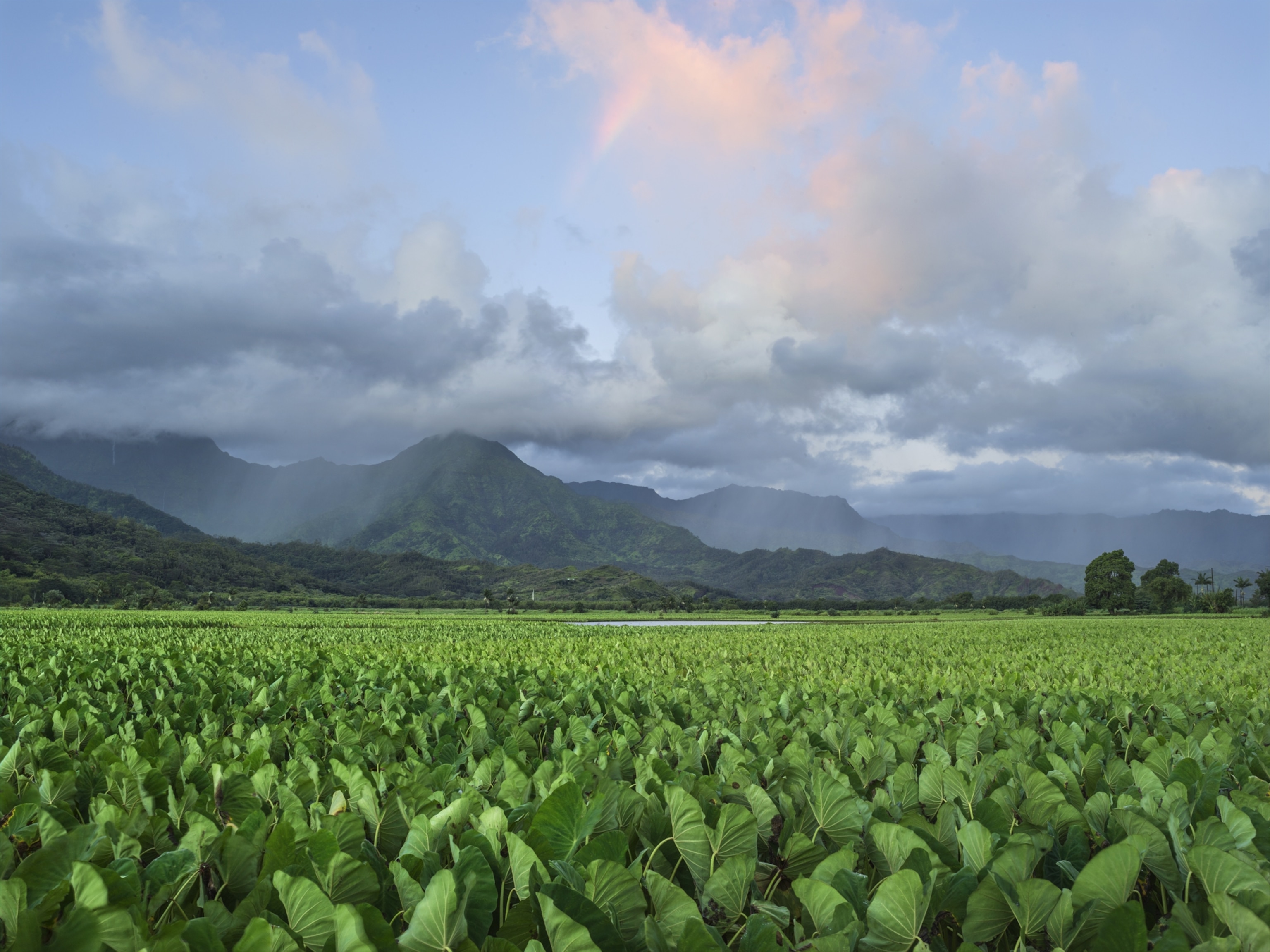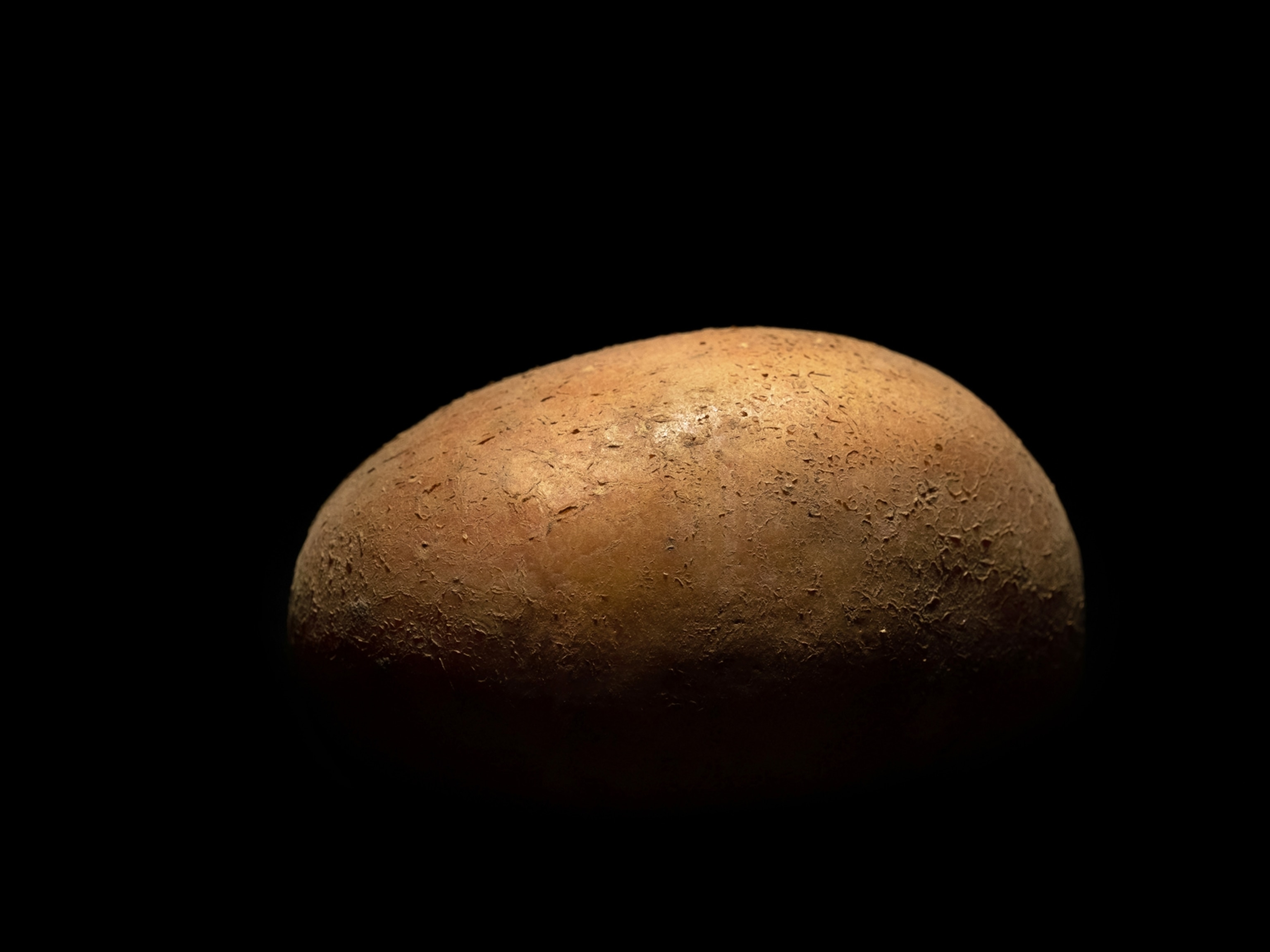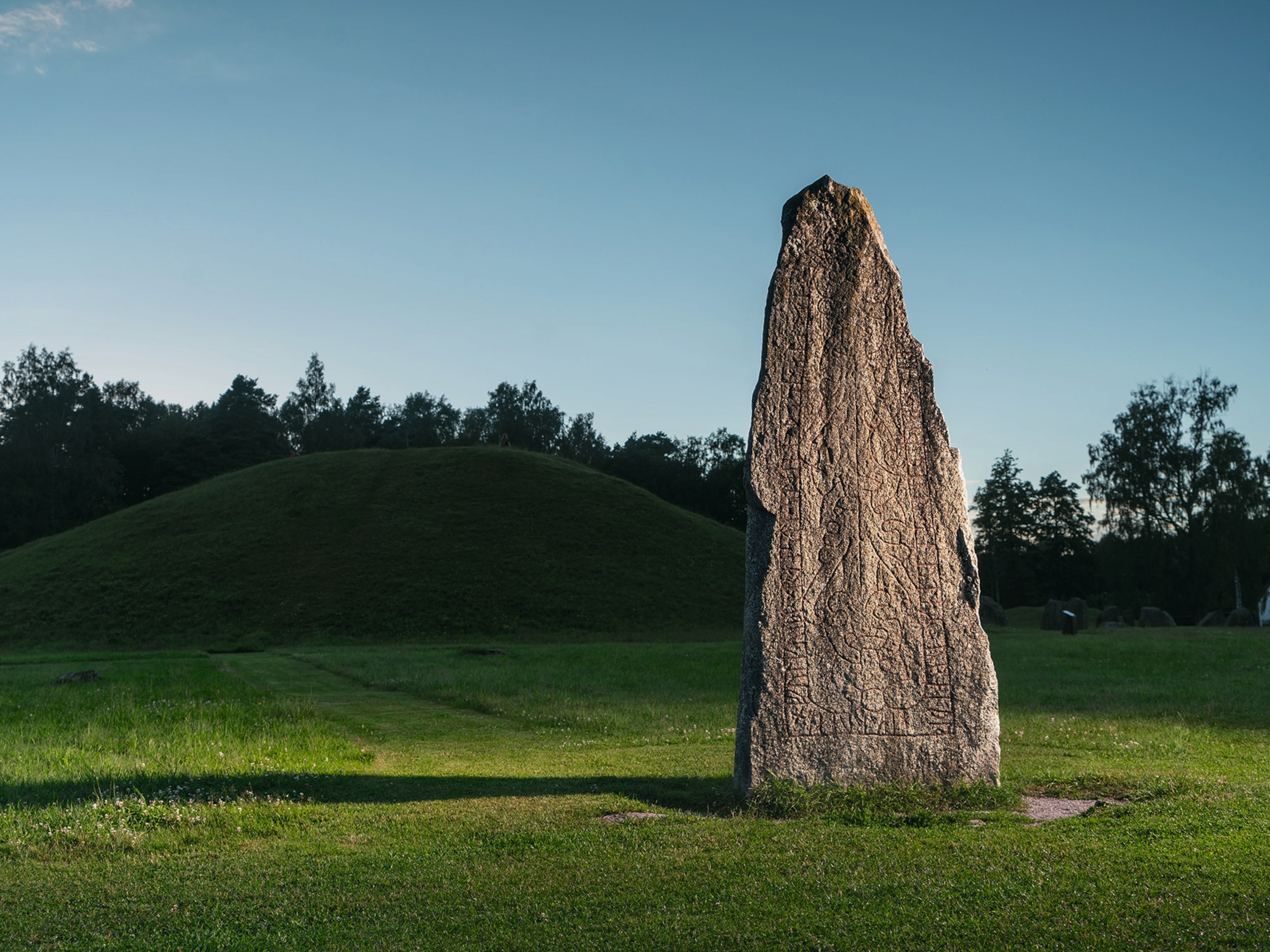
Reviving Hawaii’s Most Valued Crop
Revered as a sacred root vegetable, taro could be in trouble.
Hawaiian legend holds that taro is the sacred ancestor of all Hawaiian people. The staple root crop is so valued that it’s “known affectionately as the staff of life,” says University of Hawaii agroecologist Noa Kekuewa Lincoln. Known locally as kalo, the plant has been fundamental to the Hawaiian diet and culture for centuries—but its future is uncertain.
Once one of the world’s most cultivated root crops, taro has been succumbing to taro leaf blight, a disease caused by water mold. Many of Hawaii’s traditional varieties are particularly susceptible, says agronomist Susan Miyasaka. Over the past 50 years, yields have dropped by more than half. Hoping to change that, Miyasaka and her team are testing blight-resistant taro at the University of Hawaii.
Irrigation has also been an issue. Abundant water is key for growing taro, but large agriculture operations, golf courses, and housing developments are diverting the precious resource. Now some water rights advocates are shifting the flow. Says farmer Hōkūao Pellegrino, who is restoring a traditional, terraced taro farm on his family’s land on Maui: “People are surprised to see we even exist, because for almost two generations our stream was practically dry.”





